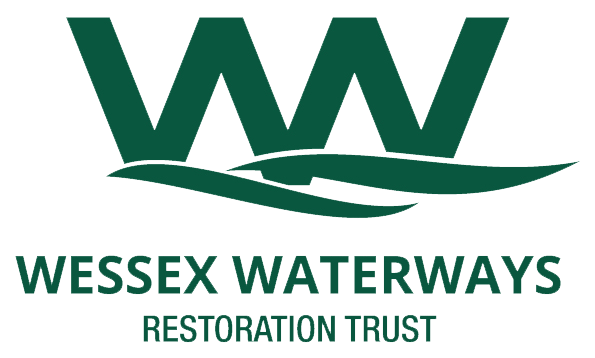FAQs
Frequently Asked Questions
Note: within this page WBCT refers to the Wilts & Berks Canal Trust as it is presently known including to that organisation under its former name which was Wilts & Berks Canal Amenity Group.
Do you believe that restoration of the two canals is a worthwhile endeavour?
Yes.
How long will it take?
Based on the rate of progress of the most productive former branch of the WBCT, the majority of the restoration of historic locks, the restoration of the majority of the historic farm access bridges, and the construction of the majority of the new farm vehicle access bridges could be done in 15 years. This can only be done if we start preparing to deliver some of those projects now – it generally takes more than a year to assemble the technical solution, the landowner consent, the approvals (planning consent, etc) and the funds.
What about your relationship with WBCT?
We have made it clear that we have not formed to compete with them nor to undermine what they are doing and aiming to do. We have formed to complement their approach and to do things that they are not doing. All the work needs to be done, and doing it sooner is better. Building more momentum in the project is vital to successful delivery of the finished canals.
Do you aim to work on waterways other than the historic North Wilts Canal and the historic Wilts & Berks Canal?
No – except that we will work on the new sections of route which contribute to the projected through routes of the two canals. Our Charitable Objectives are specific to these two canals and do not permit us to work on any other canals in the area of the former Kingdom of Wessex.
Have you joined the Inland Waterways Association as a corporate member?
Yes
Do you believe that Wessex Waterways will achieve the restoration?
No, not all of it, but all the work needs doing and with the help of others we believe the canals can be completed and brought into sustainable operation
What about the bits that volunteers can't tackle?
Agreed they need to be done and we believe that as momentum builds and more structures are completed (and maintained) pressure will build for the local authorities, Highways authorities, property developers and other agencies to become more actively involved to help with the bits we can’t do on our own. Sections in Swindon and elsewhere have been tackled alongside property developments and we are sure there are more places where this can be done
Why 'Wessex Waterways Restoration Trust'?
We have taken a name which is distinctive and clearly differentiates us from the WBCT. Our name describes what we will focus on (restoration), and ‘Trust’ is an appropriate name given our charitable status – we are a CIO registered at the Charity Commission.
Are you willing to work on the former branches of the historic canals - Calne, Chippenham, Longcot, Wantage?
Yes if and where they are projected to become part of the connected waterway system. We feel that priority should be given to the main line sections first, which will ensure that any branches that are restored can be brought into sustainable use.
Why are you maintaining part of the section of canal towpath behind the Peterborough Arms at Dauntsey Lock?
At this location we believe (but have yet to get evidence) that the WBCT started vegetation clearance with the objective of maintaining the section of towpath in the Barnes family ownership ready for when all the relevant landowners who owned the towpath between the B4069 and the access road to Waite Hill Farm were content for the towpath to be opened to the public as a through connection on a permissive basis. We also believe that, when the canal is re-opened, this section of the towpath will be opened to the public for leisure purposes on a permissive basis – this will be necessary for the canal channel to be used for boating. As that initial work to clear the towpath has been completed by volunteers, including some who are members of Wessex Waterways, we feel obliged to maintain the towpath out of respect for the work already done by our members, members of WBCT, and other volunteers. It does not feel ethical, to us, to let good work done in the past by hardworking and willing people to become overgrown again and for those efforts to go to waste. We are also becoming more confident that, before long, we will secure the agreement of all the relevant landowners for the towpath to be opened to the public. There is more work to be done to achieve a good walking surface throughout – we will plan that work into our volunteer working party programme as the relevant kit becomes available to do the work in a cost-effective and effort-effective way.
